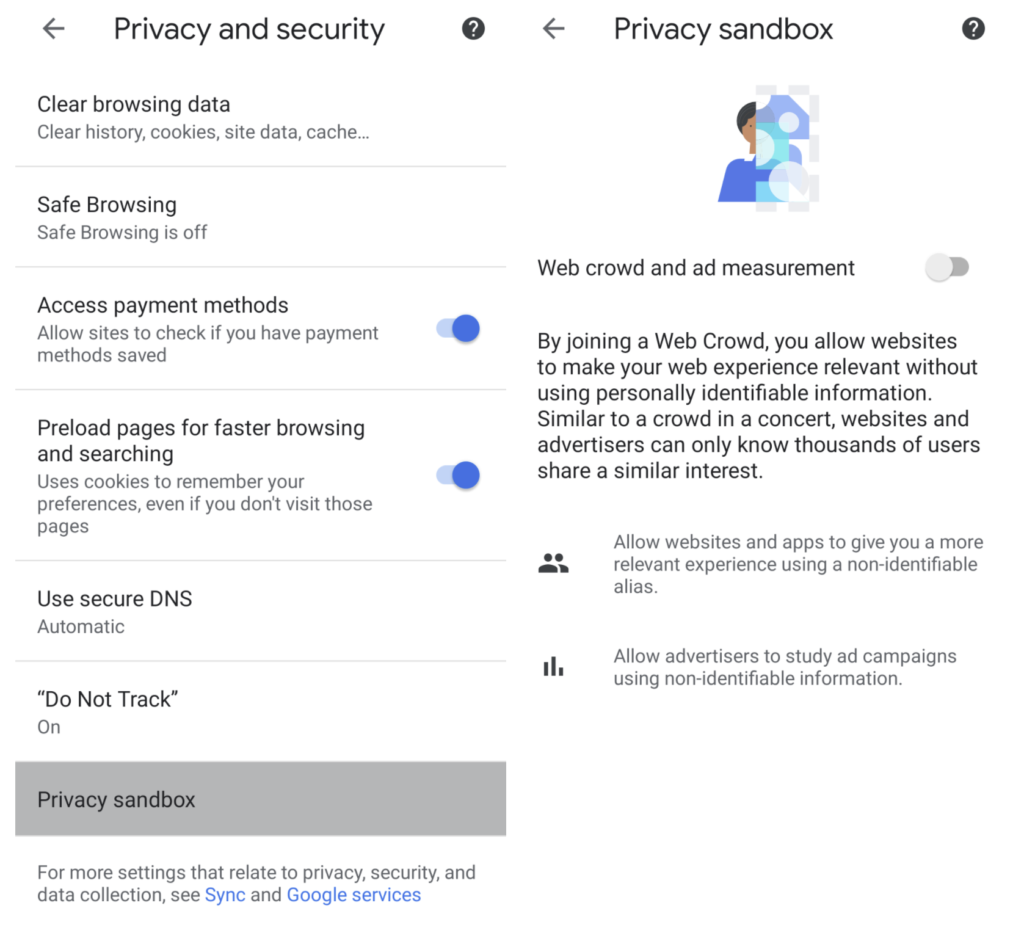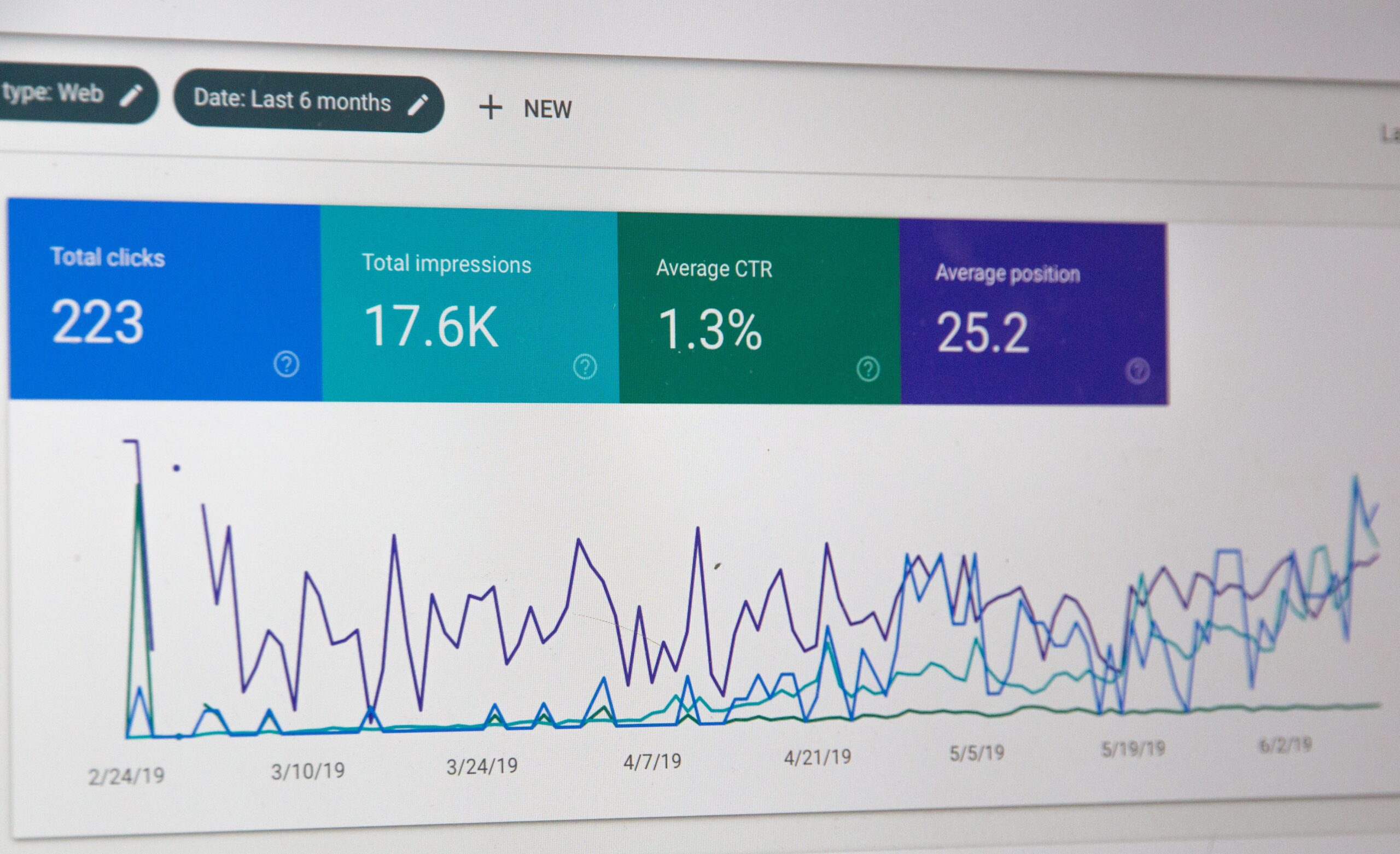Google: No successor planned for third-party cookies in advertising
According to its own statement, Google would like to better protect the privacy of users when displaying advertising in the future and does not use third-party cookies and similar technologies.
Up to now, personalized advertising on the web was associated with the assignment of interests to individuals. To make this possible, cookies were mostly used – small files that are stored in the user’s browser and that enable recognition.
However, this technique has resulted in a loss of trust. The majority of users are now convinced that their online activities are being monitored. This is also a problem for advertisers, because the loss of trust also reduces the acceptance of ads. For this reason, Google announced some time ago that it would stop supporting third-party cookies in Chrome.
For Google, the loss of trust among users represents a major risk, because the company still earns most of its money from online advertising.
In the future, the company will therefore refrain from using cookies in advertising. What’s more, no follow-up technology should be used that enables people to be identified on an individual level. Google writes this in a blog post.
“Today, we’re making explicit that once third-party cookies are phased out, we will not build alternate identifiers to track individuals as they browse across the web, nor will we use them in our products.”
As an alternative, so-called privacy-preserving APIs should be used. More specifically, it is about a technology called Federated Learning of Cohorts (FLoC). Groups of users with similar interests are formed. In this context, people like to talk about a privacy sandbox. This means that individual interests are hidden behind a larger group of people, also known as cohorts.
“In fact, our latest tests of FLoC show one way to effectively take third-party cookies out of the advertising equation and instead hide individuals within large crowds of people with common interests.”
Cohorts based on FLoC are scheduled to be tested as early as next month. Tests with advertisers are to follow in the second quarter.
In Chrome 89 there will be corresponding settings for the privacy sandbox. The following screenshot from Google Chrome is from Android Police:

You can enable the settings with the #privacy-sandbox-settings flag. You can then find it under “Settings / Privacy and Security / Privacy Sandbox”. Here you can activate the item “Web Crowd Ad Measurement”.
The new assignment of ads to the interests of cohorts certainly represents an important step towards more privacy for users on the web. It remains to be seen whether the display of advertising with this technology works as precisely as before.
This creates a certain pressure to act for other advertising platforms on the web. They have to follow suit if they don’t want to lose trust in Google.



